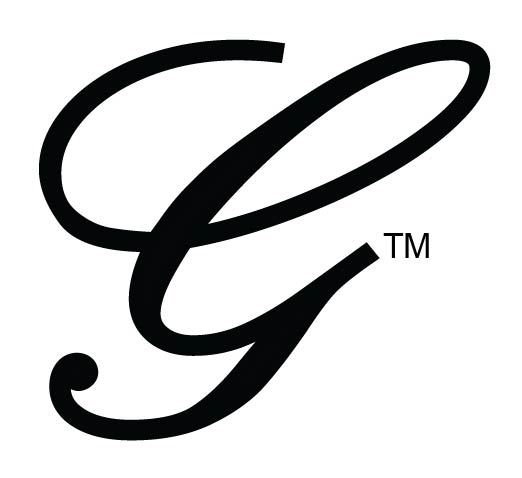MEDICAL CAREER
click on image(s) to enlarge
1 Intern
During Edelsten’s intern year he showed his penchant for innovation and business by rostering his colleagues to provide relief (locum) work for surrounding private practices.
Edelsten also commenced the first home visiting service in Melbourne. This was Melbourne’s first after-hours medical deputising service.
2 Music
During Edelsten’s medical undergraduate years he developed a love for popular music, and after helping promote a number of artists, including the Francoise Hardy Number 1 "Only you can do it", formed his own label "Scope Records" and began managing bands. During the second half of the 1960s, Edelsten played a significant role in the Melbourne music scene. An early discovery was John Farnham, who come for an interview and sang in the nurses room at the Royal Melbourne Hospital, before signing with EMI and a hugely successful career followed. Geoffrey Edelsten managed the group The Last Straws and helped co-write their first hit record "I can’t stop loving you baby" and "A woman of gradual decline".[7][8]
Geoffrey Edelsten produced two number one records – "Everlasting Love" by the Town Criers (this song has been recorded many times since by numerous artists including Doug Parkinson, U2, Gloria Estefan and others, and was in the “Bridget Jones Diary” film). Other groups with whom Edelsten was involved in the early days of Australian music included Cam-pact which in 1967 were signed by Edelsten’s Hit Productions company. Their first single "Something Easy"/"Michael" charted in Melbourne in early 1968[9] and they had more than ten Top 10 records. Later in 1968, Edelsten co-produced the single "Love Machine" for the studio group Pastoral Symphony, comprising Glenn Shorrock & The Twilights and other musicians.[10] It reached number 1.
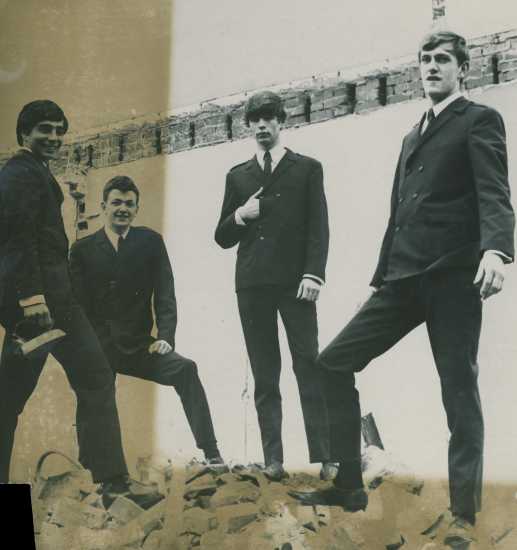 |
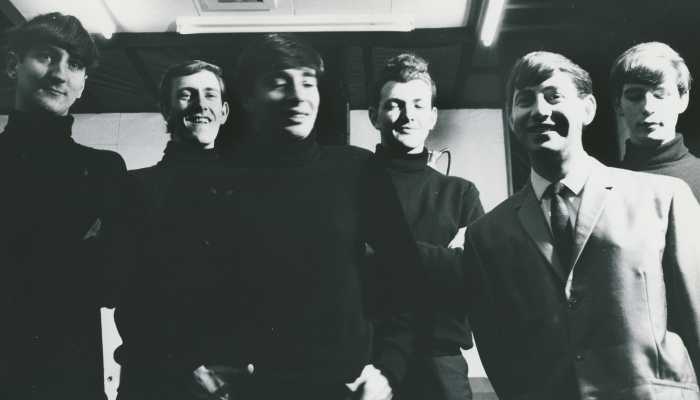 |
3 Flying
Following his term as an intern Geoffrey Edelsten became a country doctor at Birchip in Western Victoria, and then Wauchope in N.S.W. where he commenced learning to fly. He completed his private pilot’s licence whilst at Aramac in Western Queensland. He commenced a aviation charter company based at Bankstown airport in Sydney.
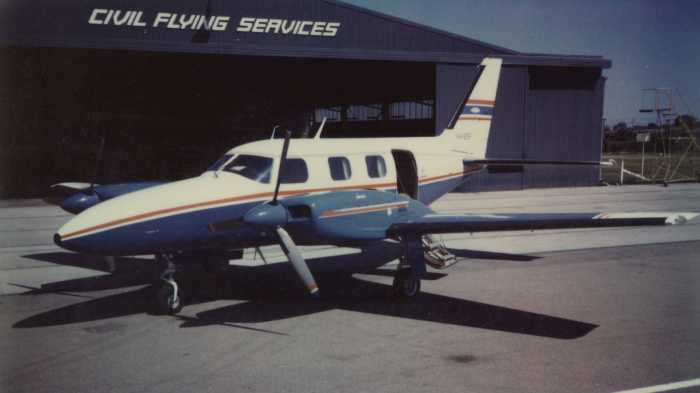 |
 |
4 Country Doctor
In Aramac, Edelsten was the only doctor for approximately 100km and he used his plane to service remote communities. At the end of his contract period at Aramac he moved to Walgett in North Western N.S.W. where he purchased his first practice. Edelsten used his plane, a Piper Cherokee Arrow VH-PFB, to provide a medical service to the surrounding towns of Lightning Ridge and Burren Junction, and would regularly visit Coonamble, Coonabarabran and Dubbo, using his plane to take ill patients from Walgett to the Dubbo Base Hospital. Edelsten has been widely acclaimed for his life saving work. Because of the absence of veterinary surgeons, Edelsten was called upon to assist with veterinary emergencies.
As a result of his love of flying, he pursued, and was granted, accreditation as a civil aviation medical examiner, providing medical examinations for pilots. As the only doctor in the town he was a State and Commonwealth Government Medical Officer, and performed autopsies for the Coroner. Edelsten was also an Honorary Medical Officer for Walgett District Hospital.
In 1971 Edelsten moved to Sydney. Edelsten recruited another doctor to work at Walgett and would return using his plane at least once per week. Edelsten then purchased a practice in Coogee and an apartment near by.
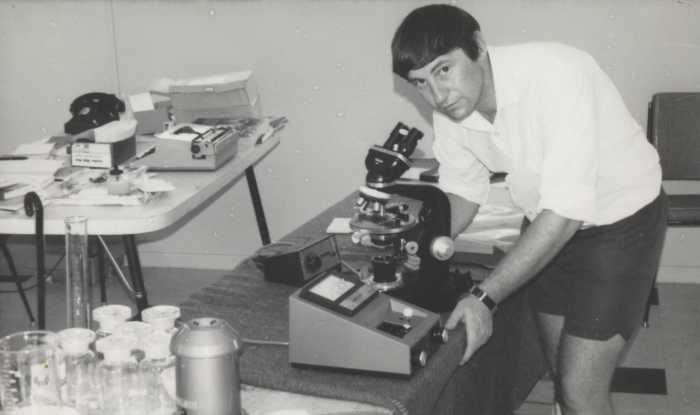 |
5 Group Practice
The Coogee practice was followed by practices in Hammondville, Moorebank, Chipping Norton, Georges Hall, Fairfield, Liverpool, Macquarie Fields, Campbelltown and Eastlakes. This was the first time in Australia that a group practice had established multiple locations. Key medical practitioners were recruited for many of the sites, but Dr. Edelsten visited all sites in a gruelling work schedule, which commenced at 5.00 a.m. operating 6 days per week, and then would consult until midnight virtually 7 days per week (and these continue to be his working hours to the present day). Edelsten was informed by Government authorities that he was the busiest doctor in Australia.
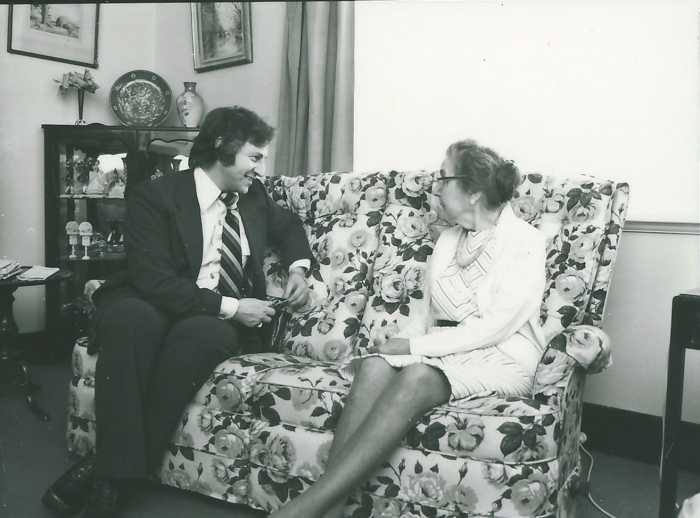 |
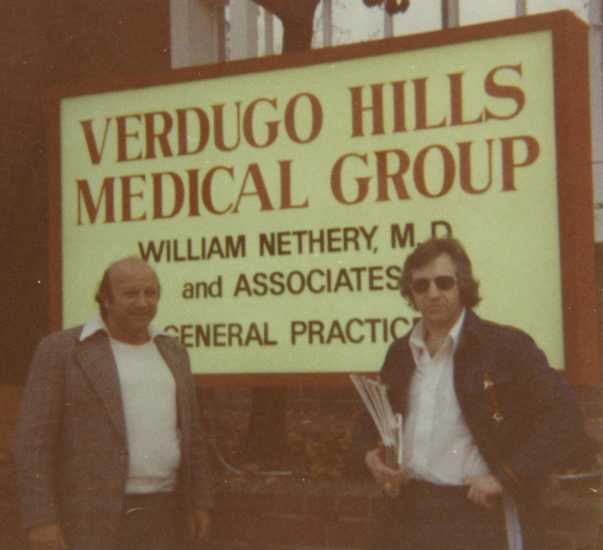 |
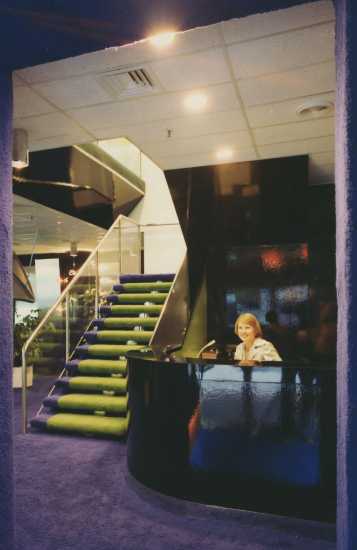 |
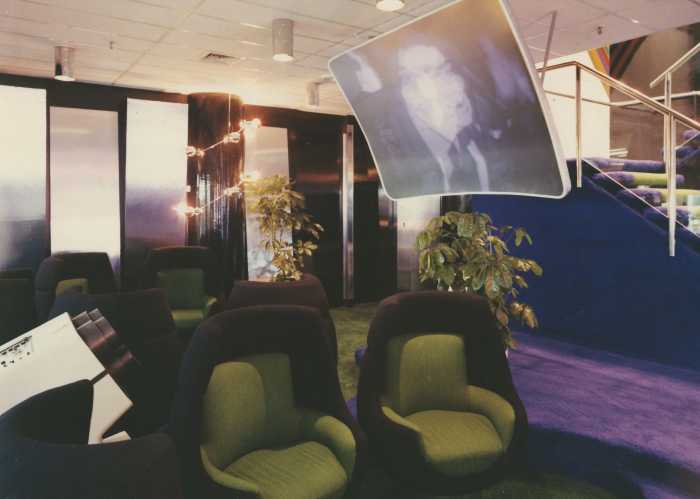 |
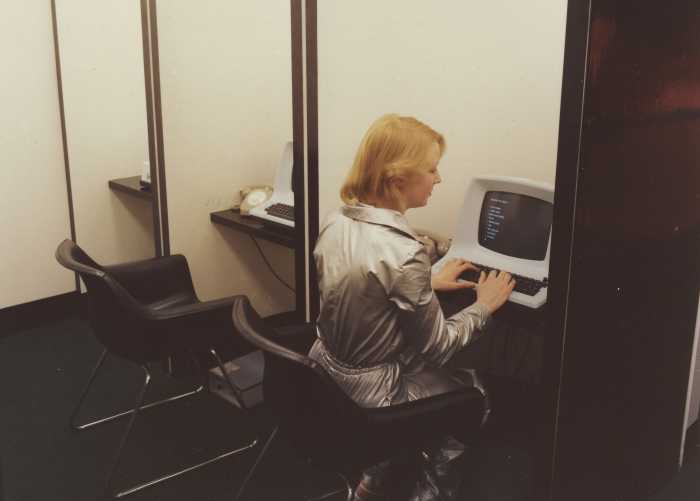 |
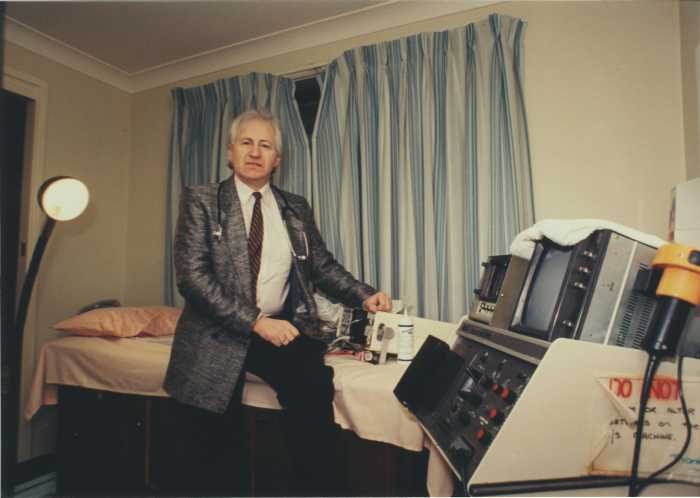 |
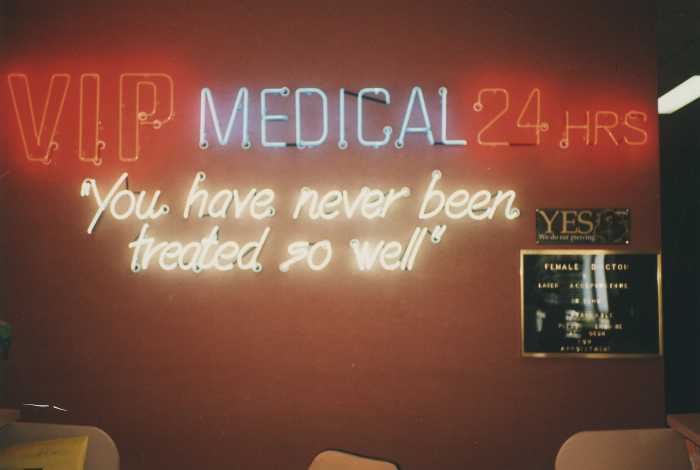 |
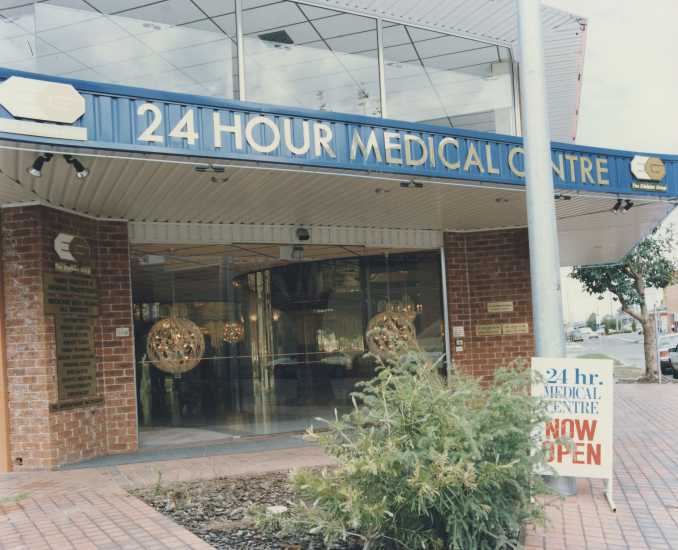 |
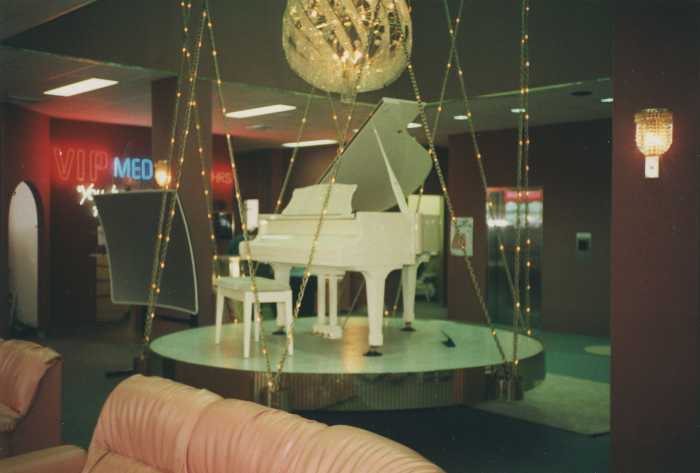 |
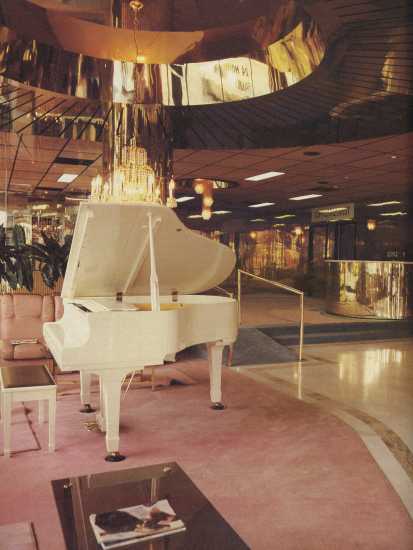 |
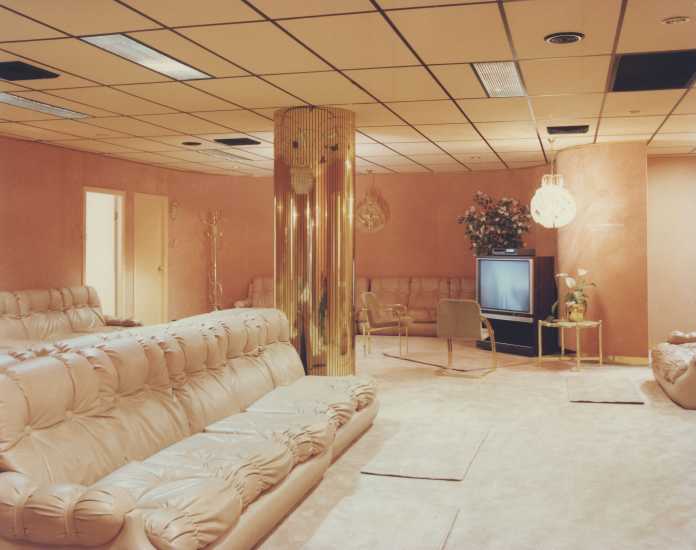 |
6 Obstetrics
Edelsten was appointed an Honorary Medical Officer at Liverpool District Hospital, Fairfield District Hospital, Bankstown District Hospital and Greenoaks Private Hospital. It has been estimated that Edelsten has delivered approximately 20,000 babies in his professional life.
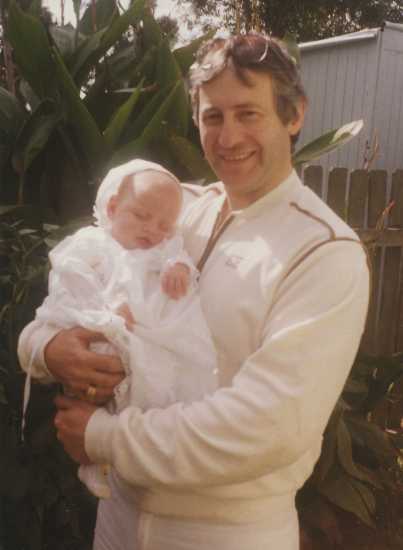 |
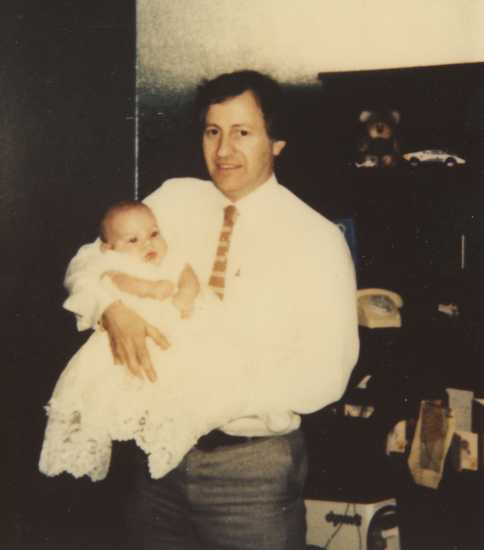 |
7 Surgery
Edelsten’s work as a country doctor equipped him to undertake a wide range of surgical procedures which was increasingly rare for a GP. Edelsten would regularly do Ts & As (Tonsils and Adenoids), Appendectomy, Laparoscopy, D & C (Dilatation & Curettage), Vasectomy, Circumcision and many other procedures.
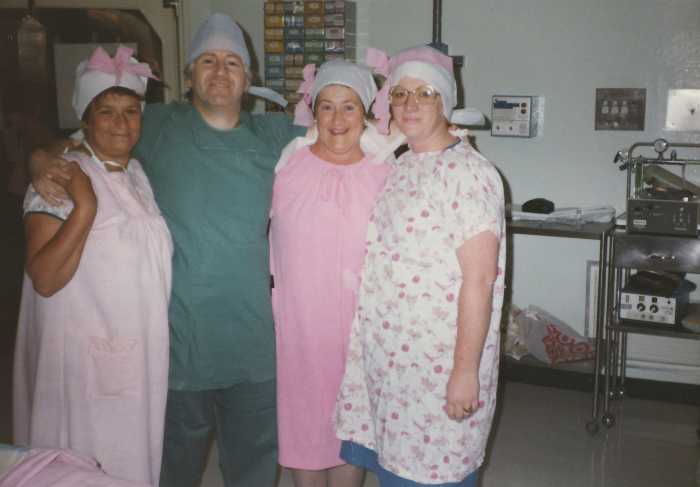 |
8 Pathology
In the early 1970s Edelsten changed pathology practices in Australia forever with the first commercial pathology laboratory – Preventicare. Until this time a GP would refer patients to a pathologist for pathology collection and testing. This was performed at the pathologist’s rooms.
In the Preventicare model, GPs would collect the specimens from the patient, couriers would then collect the specimens and they were then processed at a central laboratory. Results were provided to the referring GP via telecommunications using IBM’s "call 360" service.
Edelsten introduced the most modern pathology testing equipment for the first time in Australia, and this included a biochemistry analyser, which could process 12 different biochemical examinations in a very short time, at a fraction of the cost of existing equipment. This resulted in other pathologists being forced to duplicate the technology in order to compete.
This was the first time in Australia, and one of the first times in the world, that these pathology practices were introduced.
Preventicare expanded rapidly and was supported by leading medical practitioners of the day such as Professor Fred Hollows. The rapid expansion was funded by a merchant bank, Development Underwriting Limited (DUL), and a laboratory was set up in Melbourne in addition to the Sydney laboratory. Within months, hundreds of general practitioners and specialists had joined the network.
After a stock market downturn, DUL was unable to continue its funding and Preventicare was forced into provisional administration. After a brief period under provisional administration, Preventicare changed its name to “Morlea Pathology” and traded out of its difficulties, and out of debt. Within a short period Morlea became most successful.
Edelsten predicted that as a result of new technologies, the rebates under the government’s medical benefits scheme would be reduced significantly. Although this took several years, Edelsten decided to sell his interest in Morlea Pathology to his junior co-shareholder, Dr. Thomas Wenkart. Dr Wenkart changed the name of the company to Maquarie Health Care Group which went on to become one of the largest pathology companies in Australia. Dr Wenkart ran Maquarie for twenty years before selling to Mayne Health for $45 million.
